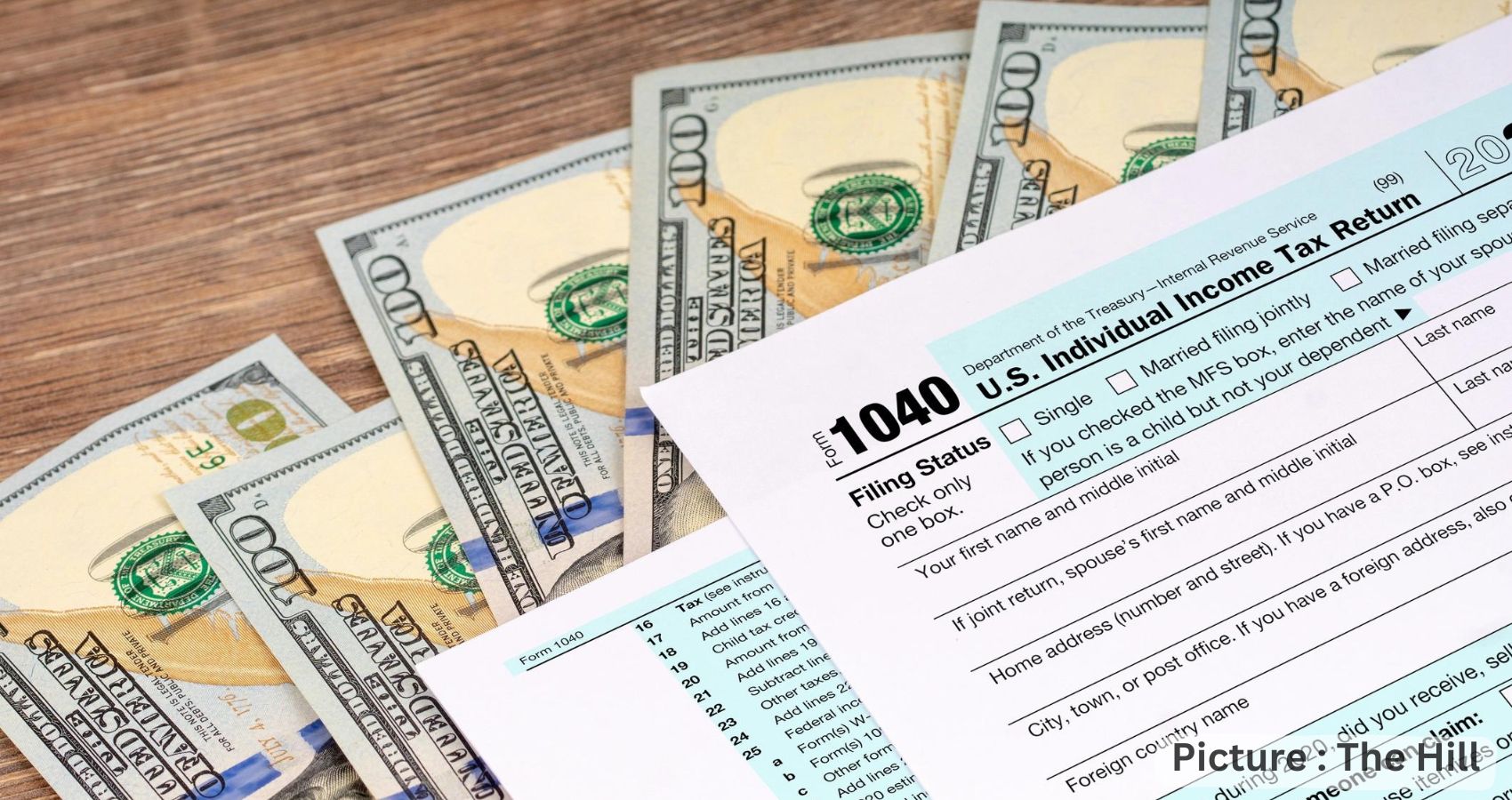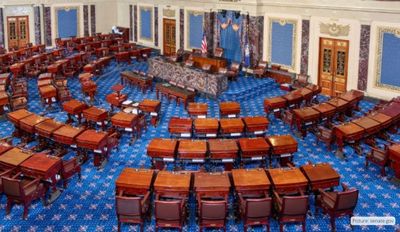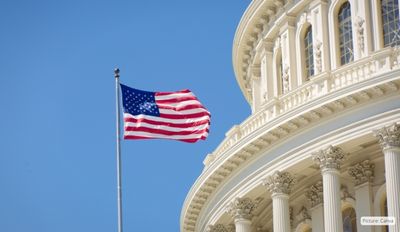Inflations isn’t fun, but it could help lower your taxes in 2023. The IRS has announced the new 2023 tax brackets and the new standard deduction.
The Internal Revenue Service recently announced its inflation adjustments to the standard deduction and federal income tax brackets for 2023. Knowing these numbers can allow you to make some smart tax-planning moves before the year’s end. If you expect to be in a low bracket next year, you may want to try and delay some income to next year. On the other hand, if you expect to be in a high tax bracket in 2023, you may want to delay some tax deductions until next year.
New Standard Deduction For 2023
There is some good news for taxpayers regarding inflation; in 2023, the standard deductions will increase. For married couples filing jointly, the new standard deduction for 2023 will be $27,700. This is a jump of $1,800 from the 2022 standard deduction.
The 2023 standard deduction for single taxpayers and married filing separately will be $13,850. This is a jump of $900 from the 2022 standard deduction.
You may be wondering what is the standard deduction and what does it mean? The standard deduction is the number of tax deductions you can subtract from your income before you begin to owe taxes. For example, if you were a single filer and made $13,850 in 2023, you could take the standard deduction and not owe any federal income taxes. You may still owe payroll taxes and state taxes.
For taxpayers 65 or older, you can add $1,500 to your standard deduction for 2023 if you are married. This increases to $1,850 if you are unmarried or a surviving spouse (age 65 or older in 2023).
Changes To the Federal Tax Rates For 2023
The income that fits in each tax bracket for 2023 is the only change. Put more plainly; the federal marginal tax rates will remain the same in 2023. This is unless some new legislation was to change tax rates or brackets further. Each tax bracket has been adjusted for 2023 to account for inflation.
High inflation has led the IRS to increase the federal income tax brackets. This increase in tax bracket could help lower your 2023 taxes.
2023 Tax Brackets for Single Filers
37%: incomes higher than $578,125
35%: incomes over $231,250
32%: incomes over $182,100
24%: incomes over $95,375
22%: incomes over $44,725
12%: incomes over $11,000
10%: incomes of $11,000 or less
2023 Tax Brackets for Married Couples Filing Jointly
37%: incomes higher than $693,750
35%: incomes over $462,500
32%: incomes over $364,200
24%: incomes over $190,750
22%: incomes over $89,450
12%: incomes over $22,000
10%: incomes of $22,000 or less
The marriage penalty for federal income taxes doesn’t kick in until you reach the 37% tax bracket. If you are itemizing your tax deductions, there are other limitations to tax breaks you can benefit from, as well as more examples of the marriage penalty in the tax code. For example, the $10,000 SALT cap is the same whether you are single or married.
The higher your income, the more valuable proactive tax planning guidance can be. As a Los Angeles Financial Advisor, California residents can face a combined state and federal income tax rate beyond 50% on income that falls into the highest tax brackets. The tax burden can be tough on business owners who must pay both sides of the Social Security payroll taxes. Work with your tax pro and Certified Financial Planner™ to ensure you optimize your retirement plans and minimize taxes along the way.











